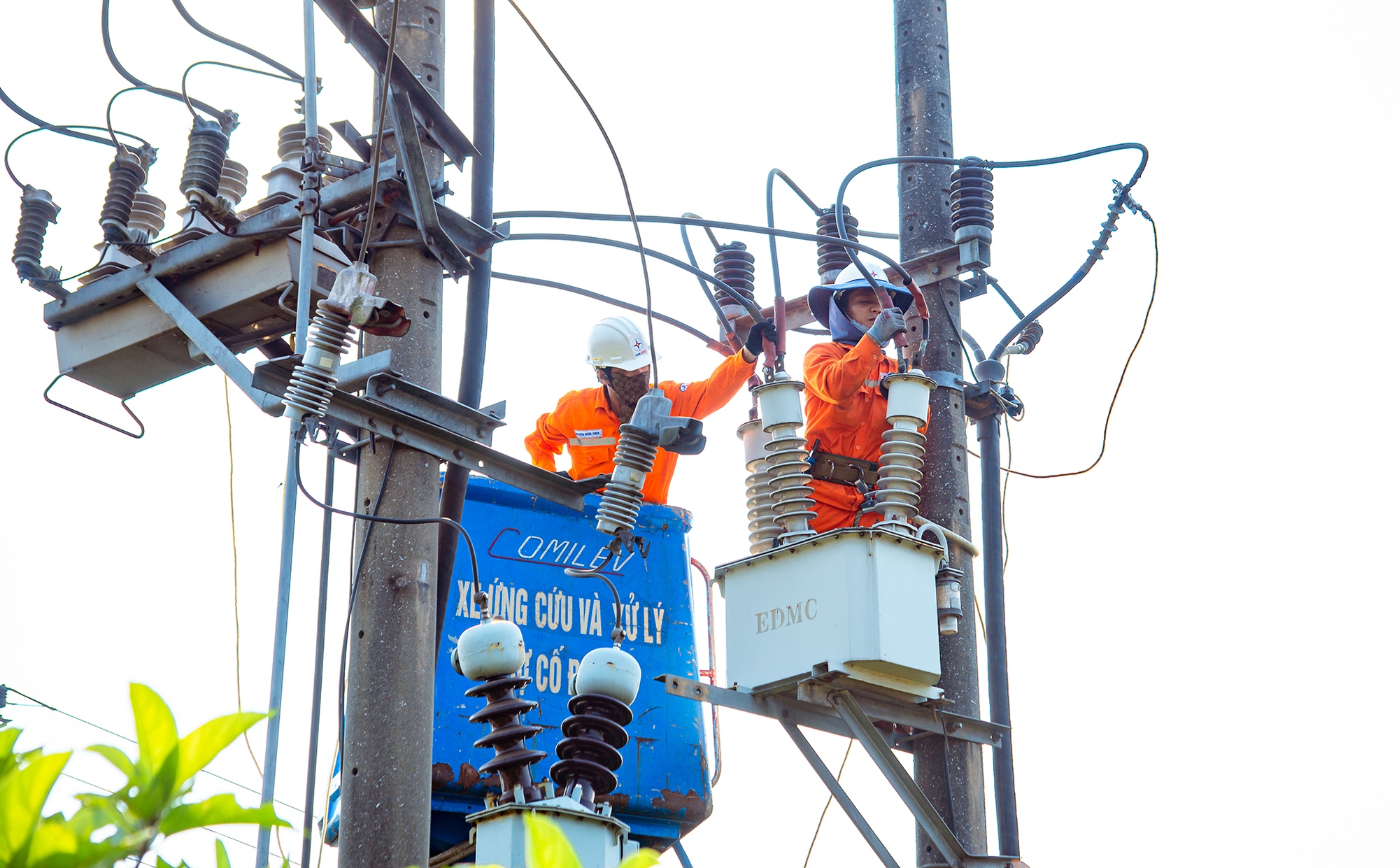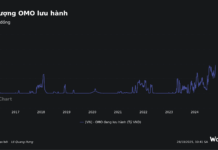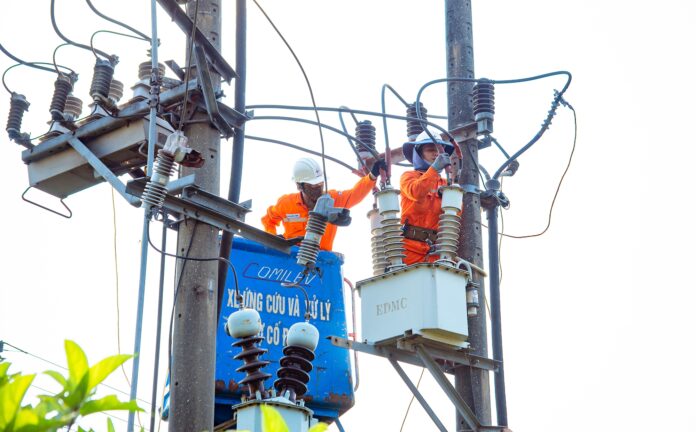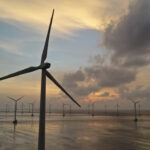At the Ministry of Industry and Trade’s regular press conference for the second quarter, held in June, Deputy Minister of Industry and Trade Nguyen Sinh Nhat Tan affirmed that electricity prices are not only subject to increase but also decrease.

Electricity prices are becoming harder to reduce. Photo: EVN
According to the Deputy Minister of Industry and Trade, adjustments to electricity prices must follow Decision 05 of the Prime Minister, effective from May 15, 2024. Accordingly, if there is a sufficient basis and factors to reduce electricity prices when input costs decrease by 1%, electricity prices will have to be reduced immediately.
However, in recent days, information about the losses of the Vietnam Electricity Group (EVN) has increased, and there have been times when electricity was sold below cost, raising concerns about electricity price hikes.
Meanwhile, according to EVN’s report, in the first seven months of 2024, the mobilization from hydropower sources reached 40.9 billion kWh, accounting for only 22.8%. This figure is 1% lower than the same period last year in market share, despite higher water levels in the northern hydropower reservoirs this year.
While hydropower is a form of energy with a low average commercial electricity price, lower than the selling price to consumers, mobilization from high-priced electricity sources accounts for a large proportion, such as coal-fired thermal power at 53.7% and gas turbines at 8.2%…
Worryingly, in a recent discussion on “What breakthrough is needed to attract investment in the electricity sector,” Associate Professor Dr. Bui Xuan Hoi, an energy economics expert, stated that the energy mix, despite best efforts, cannot ignore base load sources, including coal and gas-fired power.
“No matter how much renewable energy is added, base load power remains crucial. And if base load power is that important, given the current trend of rising input fuel prices, I believe the cost of electricity supply will definitely increase. We cannot expect input prices to drop immediately due to geopolitical issues; instead, they will likely fluctuate at a new, higher level. We have to accept that” – said Mr. Hoi.
Additionally, Vietnam aims to achieve Net Zero by 2050, and other countries also aspire to clean energy. Associate Professor Dr. Bui Xuan Hoi affirmed that there is no such thing as cheap clean energy.
“Solar power can generate a maximum of four hours a day, and wind power is unpredictable, so we cannot expect these sources to be inexpensive,” Associate Professor Dr. Hoi emphasized once more.
Major General To An Xo: Materials stockpiling leads to a 300% increase in electricity prices
The spokesperson of the Ministry of Public Security revealed that there have been cases where investors and contractors collude to inflate the prices of materials and electrical equipment, resulting in high electricity prices and harm to consumers.
Prime Minister: State-owned enterprises holding substantial resources need to be profitable
On the morning of February 5th, Prime Minister Pham Minh Chinh emphasized the importance of profitable operations and increased contributions to GDP growth and the state budget by working with 19 conglomerates and state-owned enterprises. These businesses possess significant resources and must strive to generate more profits.











































